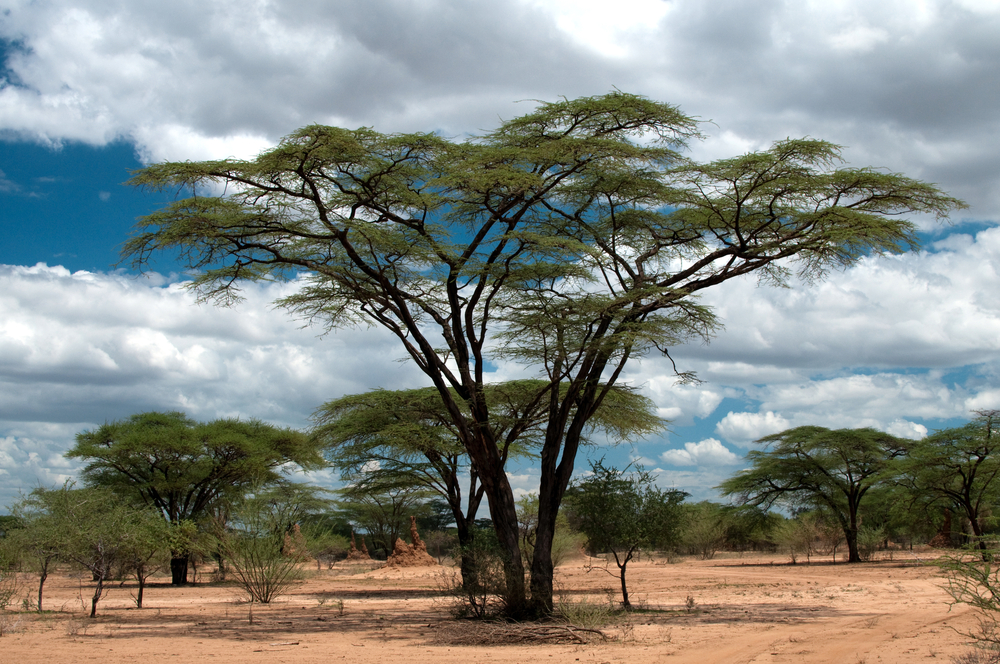
In this week’s Torah portion, Parshas Terumah, we are introduced to the Mishkan, the Sanctuary to be built by the Israelites in the desert, under the direction of Moshe Rabbeinu and Betzalel, the master craftsman. The Mishkan which would accompany the Jews during their long years of desert wanderings, was the precursor to the Beit Ha’Mikdash that would one day be built on Har Ha’Moriah.
It is within the Mishkan that Hashem’s Shechina, Divine Presence, would rest, so to speak: “Make for me a dwelling so that I shall live within them” ועשו לי מקדש ושכנתי בתוכם:
The people were given the opportunity to contribute materials to the Mishkan “collection fund,” as much, or as little, as their hearts motivated them to give. Needed for its construction was gold, silver, copper; blue, purple and crimson wool; linen and goats hairs; ram skins dyed red, tachash skins (skins of an ancient, colorful animal that only existed during that time), and acacia wood; oil and spices; shoham stones and filling stones for the clothing of the kohen gadol (High Priest) (See Shemos 25:1-7).
With regard to the acacia wood, more accurately identified by the Torah as עצי שיטים, the Sages wonder: From where did the Israelites have acacia wood along with them in their desert travels? The answer is that Yaakov Avinu foresaw with ruach ha’kodesh (Divine inspiration) that in the future, the Israelites would build a Mishkan in the desert, and he brought trees with him – from the land of Israel to Egypt, and he planted them there. And he commanded his sons to take the trees with when they left Egypt (see Rashi to Shemos 25:5).
The wood was used in the construction of the Aron kodesh – the Holy Ark; in the construction of the Shulchan, the Golden Table; as well as in the construction of the Mizbayach ha’nechoshes – the Copper Altar used for animal sacrifices, and the Mizbayach ha’zahav – the Golden Altar used
for ketores, incense, offerings.
In addition the wood was used for the planks around the mishkan as the verse says: וְעָשִיתָ אֶת-הַקְרשִים, לַמִשְכןָ עֲצֵי שִטִים עֹמְדים “And you shall make planks for the mishkan, acacia wood standing upright” (Shemos 26:15). What do we learn from the unusual usage of the word עומדים– standing upright?
R’ Soloveitchik quoting the Gemara, teaches that “This verse is utilized to teach the rule that the planks for the Mishkan must be cut from the acacia tree parallel to the direction of the tree’s original growth and laid so the lower part of the board corresponds to the lower part of the original acacia tree,
גידולו דרך ,the way that it naturally grows. If the board were to be turned upside down, with the upper part of the tree corresponding to the lower part of the board, it would be invalid for building the Mishkan.
“Deriving from this rule regarding acacia planks, the Gemara (Sukkah 45b) generalizes that all mitzvos which are based on plant life, such as the lulav, hadasim and aravos, must be done דרךגידולום , held in their original growth orientation. This generalization of the Gemara suggests that דרך גידולו is not merely a condition for properly observing the mitzvah, but that in the lack of דרך גידולו ,the object itself is invalid. An acacia plank erected in the wrong configuration is not considered an acacia plank at all, and a lulav that is held upside down is not considered a lulav… When a specific species is stipulated for the fulfillment of a mitzvah, the item required becomes invalid through improper orientation.”
What lesson can we derive from this halacha regarding the orientation of the wood used in the Mishkan?
Perhaps the Sages are teaching us a profound truth when it comes to our Avodas Hashem- Divine Service as living “plants”: living, breathing human beings of this world, who always strive to reach higher heights. We must be sure we are standing, planted upright, in the direction of natural growth.
While our feet are certainly down in this world, our hearts, our heads and our goals must be growth oriented as we reach upwards to the next world.
Rabbi Ron Yitzchok Eisenman writes about his rebbe, R’ Aharon Lichtenstein zt’l,: “During the Yom Kippur War when the busses arrived at the Yeshiva to pick up the boys and to bring themto the front, the boys asked their commanders for one minute to go to the Beis Medrash and ask Rav Aharon for a brocha before they went out to defend the Jewish people. “The Rebbe was nowhere to be found. Crestfallen, the boys disappointedly began to board the
buses. Suddenly an apparition appeared; it was the figure of a tall, lanky figure clad totally in a white Kittel running towards the buses carrying something white. As the figure neared, the boys were awestruck as they realized what they were witnessing. They were witnessing greatness. Rav Aharon was the apparition and he was running towards the busses with his hands laden with rolls of toilet paper. As he breathlessly approached the boys he blurted out, ‘I want to help in some way; so I figured that in everyone's haste to leave on Yom Kippur perhaps no one had remembered to bring this vital necessity!’
“His head was in the heavens” R’ Eisenman concludes, “however, his feet were firmly planted in this world.”
As were the planks of the mishkan, we must be sure we are growth-oriented and planted in the right direction. While our feet our stationed down in this world, our heads, hearts, aspirations and goals, must be always reaching upwards, Heavenward, as we grow and rise to ever higher heights of avodas Hashem, Divine Service.
בברכת בשורות טובות ושבת שלום
